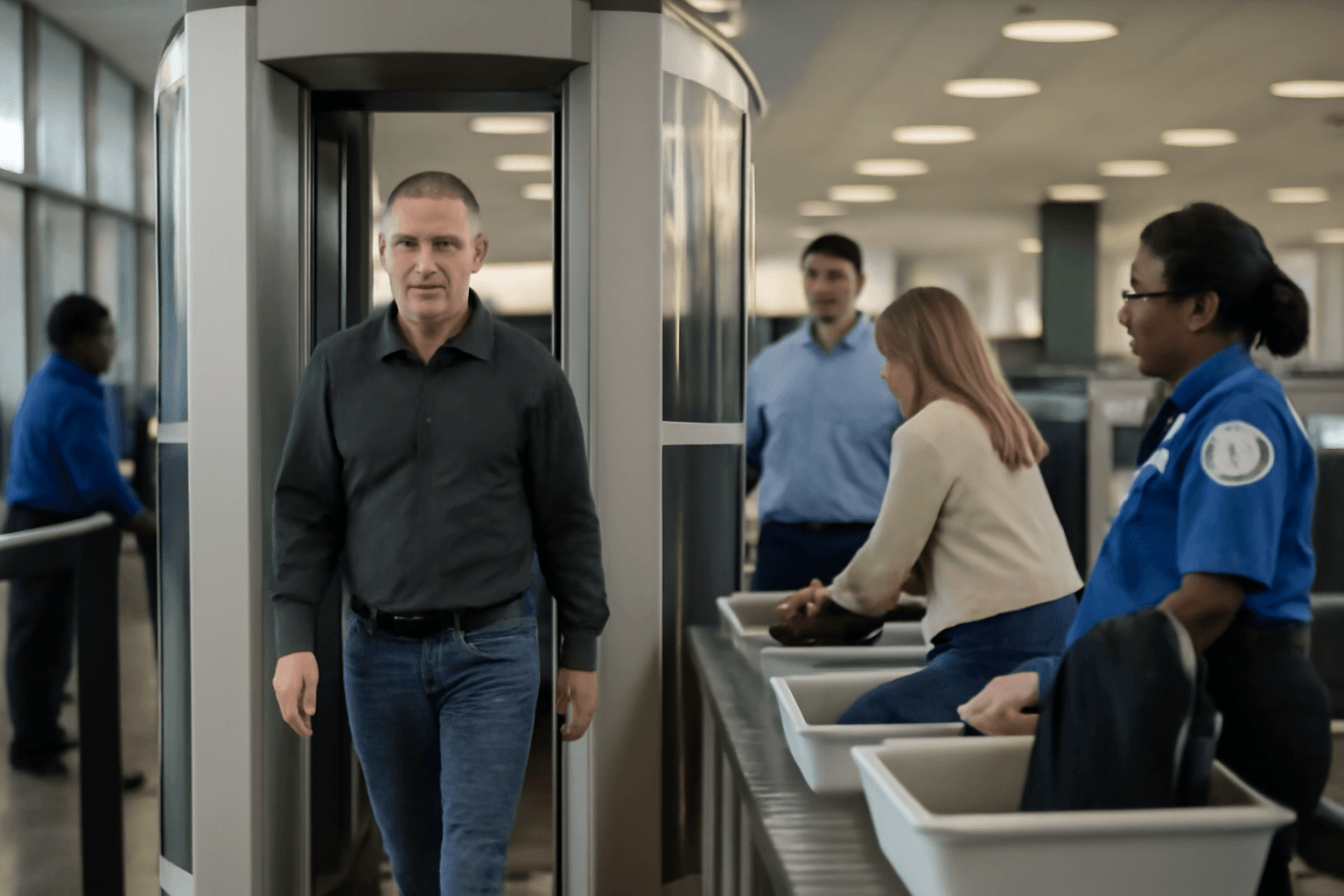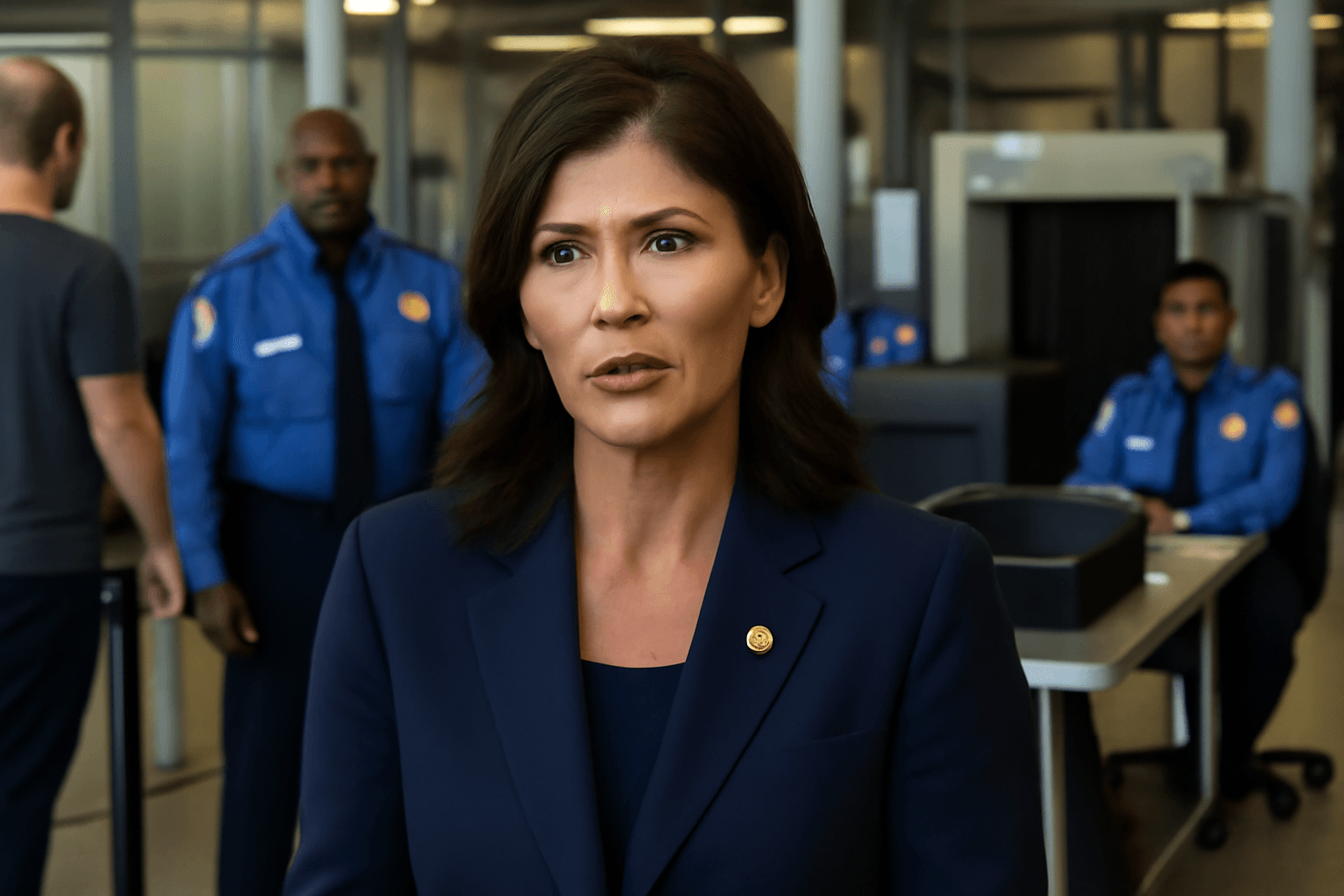US Airports Eliminate Shoe Removal Requirement at Security Screening
In a landmark update to airport security protocols, the Transportation Security Administration (TSA) announced on July 8, 2025, that travelers will no longer need to remove their shoes during security screening procedures. This move signals a significant shift in how the TSA balances rigorous security with passenger convenience, ending a practice that has been in place for nearly 20 years.
A Policy Rooted in Security Concerns Post-9/11
The shoe removal mandate, introduced by the TSA in August 2006, was a direct response to the attempted shoe bombing by Richard Reid in 2001. Known as the "shoe bomber," Reid’s incident exposed vulnerabilities in aviation security, prompting the TSA to implement stringent screening measures including the requirement for passengers to remove footwear for explosive detection.
Modern Technology Paves the Way for Change
Department of Homeland Security Secretary Kristi Noem emphasized that advances in screening technology have enabled TSA to maintain high security standards without the need for shoe removal. Speaking via social media, she highlighted:
"Thanks to cutting-edge technology and a multi-layered security approach, we can now streamline the passenger experience while preserving the highest safety benchmarks."
Indeed, modern imaging and scanning devices can now detect threats concealed within shoes without requiring travelers to remove them, marking a leap forward in both efficiency and passenger comfort.
Expect Shorter Lines and Smoother Travel Experiences
The policy rollout began on July 8, with airports across the country — including those in Baltimore, Fort Lauderdale, Portland, Cincinnati, Philadelphia, and North Carolina’s Piedmont Triad International Airport — lifting the shoe removal requirement. Major hubs such as Los Angeles International Airport and New York’s LaGuardia Airport have also adopted the change.
White House Press Secretary Karoline Leavitt described the announcement as "big news", underlining the administration’s commitment to modernize transportation security and enhance traveler convenience. Secretary Noem further predicted that the updated protocol will significantly decrease wait times, making airport security less of a hassle for the estimated one billion passengers flying through US airports annually.
Expert Insight: Balancing Security and Convenience
This policy shift reflects a broader trend within US aviation security to leverage technology for smarter, less intrusive screening — a priority especially pressing in a post-pandemic world where traveler throughput and safety both matter immensely. Experts highlight that:
- Technology-driven screening can enhance detection capabilities while simplifying processes.
- Passenger satisfaction improves when security is seamless and less disruptive.
- Maintaining vigilance remains paramount to counter emerging threats.
Legal analysts also point out the decision underscores a nuanced balance between safety imperatives and individual convenience — a topic that often fuels public debate around privacy and security measures.
What Lies Ahead for TSA Security Practices?
As air travel rebounds from the pandemic era, continuous updates to screening methods are expected, harnessing AI, biometric data, and advanced imaging to create a safer but more fluid airport experience. The end of mandatory shoe removal could be just the beginning of a new wave of TSA reforms emphasizing agility, technological sophistication, and traveler-centric policies.
Editor’s Note
The TSA’s decision to scrap the shoe removal policy after nearly two decades highlights the evolving landscape of airport security — one that adapts dynamically to technology and public sentiment. While passengers will welcome faster processing, it remains crucial to monitor how these changes impact overall aviation safety. Readers are invited to consider:
- How emerging security technologies can shape future screening techniques.
- The balance between convenience and uncompromising safety post-9/11.
- How similar updates internationally might recalibrate global air travel standards.
This transition invites us all to rethink our journeys through airports, blending safety with smoother, more humane travel experiences.



















